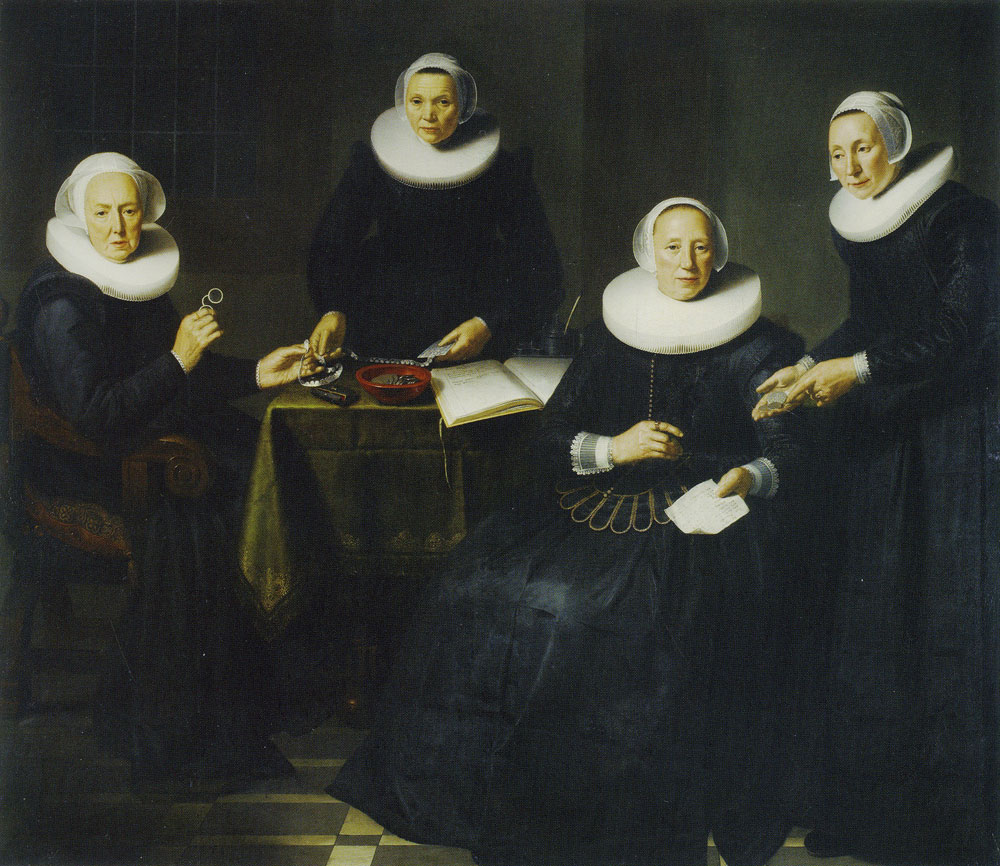15.11.2019 - 20.04.2020 With the exhibition
German Expressionism. The Braglia and Johenning Collections, the Leopold Museum is presenting a comprehensive selection of Expressionist works from two important European art collections. “Around 100 exhibits from the Fondazione Gabriele e Anna Braglia, Lugano, and the Foundation of Renate and Friedrich Johenning from North Rhine-Westphalia make for an impressive pas de deux of the two collections,” summarizes the Leopold Museum’s Director Hans-Peter Wipplinger. The selection is supplemented by works from the Nolde Foundation Seebüll, the Museum Abtei Liesborn, the Leopold Museum, as well as by paintings from private collections, including the Leopold, Private Collection.
This presentation is the first exhibition in Austria to showcase a selection of some 100 Expressionist works from two eminent European art collections, the Fondazione Gabriele e Anna Braglia, Lugano, as well as the Foundation of Renate and Friedrich Johenning from North Rhine-Westphalia. The exhibition additionally features around ten works from further collections, including the Nolde Foundation Seebüll, the Leopold Museum as well as the Leopold, Private Collection. The paths that led the two passionate collectors to German Expressionism were quite different. While Gabriele Braglia bought a work by the Futurist Mario Sironi already in 1950, he did not discover German Expressionism until the 1980s.
Paul Klee’s watercolor Remembering Romanshorn (1913) marked the beginning of Braglia’s Expressionist collection activities. Friedrich Johenning’s interest in this art movement was sparked in 1979, when he purchasedthe watercolor Cyclamens and Chrysanthemums (1952–1955) by Emil Nolde. Anna Braglia and Renate Johenning shared their husbands’ passion for decades. In both instances, the high quality of the collections is owed to the couples’ joint selection of artworks.
Emil Nolde, Portrait of a Family, 1947 © Renate und Friedrich Johenning Stiftung, Photo: Leopold Museum, Vienna/Manfred Thumberger © Nolde Stiftung Seebüll EXPRESSIONISM – AN ART REBELLION In the early 20th century, an emerging generation of artists embarked on a search for new means of expression. Opposing academic traditions and revolting against social norms, they fought for the freedom of artistic expression. They questioned the prevailing concept of beauty, stripped color of its representative function, preferred terse forms and painted in a quick and impulsive manner. They were no longer interested in a naturalistic depiction, but wanted to convey inner emotions. Initially misunderstood or ignored, the representatives of this new art movement fell victim to increasing defamation during the interwar period. The National Socialists seized their works and removed them from museums. In post-war Germany, Expressionism was deemed a wholly “unburdened” art movement, and as such became a symbol of democratic, humanist values. Today, the eminent international importance of Expressionist art is undisputed and the reason for artworks of this movement fetching record prices on the art market.
AN IMPRESSIONIST OVERTURE The progressive gallery owner Paul Cassirer advertized Lovis Corinth, Max Liebermann and Max Slevogt as the “Three Stars of Berlin Impressionism”. Corinth was among the pioneers of Expressionism. The artist Max Liebermann, who featured in Cassirer’s exhibition alongside Corinth and was a passionate collector of Impressionist art from France, became a founding member and the first president of the Berlin Secession in 1898. In 1910, a jury headed by him voted against exhibiting Expressionist works at the Secession. A polemic letter written by Emil Nolde against Liebermann led to Nolde’s exclusion from the artists’ association.
In response to the rejection they experienced, the young Expressionists founded the New Munich Secession, whose first presentation, entitled Art Exhibition of Rejects from the Berlin Secession, featured works by Erich Heckel, Ernst Ludwig Kirchner, Otto Mueller and Karl Schmidt-Rottluff. Max Pechstein acted as president of the New Secession, while members included Marianne von Werefkin and Franz Marc.
Owing to these conflicts, Liebermann resigned from his office in 1911. Lovis Corinth, the new president of the Secession, suffered a stroke that year. Likely as a result, he began to employ a free, impetuous brushstroke, making his oeuvre become increasingly expressive. During his time of convalescence, he created the work Still Life with Melons (1912). The recuperating artist found relaxation and inspiration especially on the Walchensee in Bavaria. The work Walchensee Landscape, which is presented in this exhibition, was created by Corinth in 1923.
THE BRÜCKE ARTISTS’ LANDSCAPES OF THE SOUL Aiming to embark on new paths, Ernst Ludwig Kirchner, Erich Heckel, Karl Schmidt-Rottluff and Fritz Bleyl founded the artists’ association Brücke in Dresden in 1905.
![Ernst Ludwig Kirchner, Portrait of Emmi Frisch, 1908 © Leopold, Private Collection:]()
The 1908 work Portrait of Emmi Frisch by Ernst Ludwig Kirchner was still founded on an Impressionist way of seeing, but the artist soon arrived at an autonomous style.
Max Pechstein, who joined the Brücke artists in 1906, came into contact with the painting of Henri Matisse and the Fauves early on. He was the first Brücke artist to move to Berlin.
![Image result for Max Pechstein, Lady with a Feathered Hat]()
In 1910, he painted the work Young Lady with a Feathered Hat in eruptive colors. His later wife Lotte Kaprolat likely acted as his model for this painting.
From 1909 onwards, Pechstein repeatedly spent the summers in the fishing village of Nida in East Prussia, in 1911 and 1912 together with Lotte. The painting In the Evening (1911) shows female nudes amidst a paradisiac-exotic vegetation, and is reminiscent of Paul Gauguin’s Tahiti paintings, which Pechstein had seen that same year at the Galerie Paul Cassirer.
Erich Heckel also sought an earthly paradise in nature, for example in Osterholz on the Flensburg Fjord, where he created the work Fjord Shore – Bathers on the Fjord in 1913. Heckel’s drawings are populated by quickly jotted down nudes, outdoor figures and bathers.
Otto Mueller, another Brücke member, created an inimitable type of nude around 1910. His elongated figures are characterized by angular limbs, his heads by pointed chins and slanted eyes.
![Image result for Mueller Two Nudes in the Woods 1925]()
The 1925 work on paper Two Nudes in the Woods presents nude female figures as creatures living in harmony with nature.
Along with nudes in the great outdoors, these artists were also interested in landscape constellations.
![Image result for Karl Schmidt-Rottluff House at the Bend in the Road,]()
Karl Schmidt-Rottluff likely painted the watercolor House at the Bend in the Road, characterized by energetic gestures, during his vacation in Dangast on the North Sea in the summer of 1911.
BROWN STAINS IN THE FLOWER GARDEN In 1913/14, Emil Nolde and his wife Ada took part in an expedition to German New Guinea. Nolde captured the impressions of this journey, which led via Russia and China, in numerous watercolors. The work on paper Junk and Small Ship was created in 1913 during a river journey on the Yangtze Kiang.
From 1916, the Noldes lived in a farm house in Schleswig-Holstein. The harsh climate, abrupt changes in weather conditions, the effects of light, the transition from land to water, as well as low clouds were themes Nolde was interested in all his life. In the late 1920s, he had a home and studio built in the North Frisian town of Seebüll. There, the Noldes laid out a flower garden which furnished the artist with countless ideas for his paintings. Adolf Hitler, who was rigorous in his rejection of Expressionism, insisted on defaming his oeuvre as “degenerate”, despite the intervention of high-ranking advocates of Nolde’s art. It is all the more surprising, therefore, that from 1934, the artist was a party member of the NSDAP and made Anti-Semitic remarks. In 1937, Nolde’s works featured prominently in the Munich exhibition Degenerate Art. However, his hopes of establishing himself as a state artist remained unbroken. The small-scale watercolor Summer Guests, created between 1938 and 1945, is among the artist’s works known as “Unpainted Pictures”, which the artist allegedly executed in secret during the years of his employment ban. In actual fact, they are small-scale watercolors the likes of which Nolde created already in 1918/19 as templates for paintings to be executed in oil. After the War, Nolde staged himself as a victim of the National Socialist regime. The artist’s problematic role during National Socialism is the topic of a panel discussion to take place at the Leopold Museum the day after the exhibition opening.
CHILD DEPICTIONS FROM WORPSWEDE Paula Modersohn-Becker lived and worked with her husband Otto Modersohn in the artists’ colony Worpswede near Bremen. She increasingly emancipated herself from her artistic environment and created unadorned child depictions, such as the painting Three Children in Front of a Tree in the Landscape (1901). That same year, she created the work Bust Portrait of Elsbeth Holding a Flower in Front of a Landscape – a loving portrait of her stepdaughter from Otto Modersohn’s first marriage. While her husband supported her career, he was also amongst her harshest critics, which led to the couple’s alienation. Paula Modersohn-Becker died in 1907, only a few weeks after giving birth to her daughter Mathilde, at the age of 31.
A RUSSIAN ARTISTS’ COUPLE – MURNAU – LANDSCAPE DEPICTIONS In 1906, Alexej von Jawlensky embarked on a trip to France together with his partner and promoter Marianne von Werefkin. Inspired by Neo-Impressionism and the works of Paul Cézanne, the Russian artists’ couple discovered planar painting.
![Still LIfe with Apples, Blue Bowl and Coffee Pot, 1907 by Alexej Georgewitsch Von Jawlensky (1864-1941, Russia) | Reproductions Alexej Georgewitsch Von Jawlensky | WahooArt.com Still LIfe with Apples, Blue Bowl and Coffee Pot, 1907 by Alexej Georgewitsch Von Jawlensky (1864-1941, Russia) | Reproductions Alexej Georgewitsch Von Jawlensky | WahooArt.com]()
Jawlensky processed these impressions in the work Still Life with Apples, Blue Bowl and Coffee Pot (1907).
![Image result for Jawlensky Girl with Green Stole (1909)]()
The painting Girl with Green Stole (1909) marked the beginning of the artist’s intense exploration of the human face. Already in 1905, Jawlensky and Werefkin had discovered the Upper Bavarian town of Murnau am Staffelsee. In the summer of 1908, they invited Wassily Kandinsky and Gabriele Münter to join them there for their holidays. In 1909, Münter purchased a country house in Murnau, which became her main place of residence. It soon established itself as a meeting place for artists surrounding Der Blaue Reiter, for the members of the artists’ association Neue Künstlervereinigung München (N.K.V.M.), founded by Jawlensky in 1909, as well as for art critics, collectors and musicians, including the composer Arnold Schönberg.
![]() Wassily Kandinsky, Murnau – Zwei Häuser, 1908, Oil on board, 32.5 x 44.5 cm, Courtesy Fondazione Gabriele e Anna Braglia, Lugano. Photo: © Christoph Münstermann
Wassily Kandinsky, Murnau – Zwei Häuser, 1908, Oil on board, 32.5 x 44.5 cm, Courtesy Fondazione Gabriele e Anna Braglia, Lugano. Photo: © Christoph MünstermannIn 1909 Kandinsky created his work Murnau – Two Houses, a painting in which optical reality now served as no more than a point of departure.
Exposure to the works of Werefkin and Jawlensky rang in a completely new phase in Gabriele Münter’s oeuvre.
The outbreak of World War I brought an abrupt end to the Murnau community. “Enemy aliens” were forced to leave Germany within 24 hours. Kandinsky fled with Münter to Switzerland, and subsequently returned to Russia when their relationship ended. Werefkin and Jawlensky moved to Lake Geneva following the outbreak of the War. There, Jawlensky focused on landscape depictions, for example in his 1916 work Thundery Atmosphere, which already shows a high degree of abstraction. In the autumn of that year, the artists’ couple moved to the Swiss capital. Jawlensky started working on serial portraits, including his Mystical Heads and Saviour’s Faces. The 1922 work Saviour’s Face: Spiritual Melody has become an icon of Modernism.
SUBJECTIVE FEELING – DER BLAUE REITERAround 1910, the pioneers of Modernism were no longer satisfied with the paths explored by the Impressionists. Instead, they placed their main emphasis on the power of subjective feeling. Detached, as it were, from the object, color became an essential part of the pictorial dramaturgy. In the environs of the artists’ associations N.K.V.M and Der Blaue Reiter, founded in Munich in 1911, artists strove towards a synthesis of instinctive and spiritual aspects. The promoters of Der Blaue Reiter, Wassily Kandinsky and Franz Marc, organized two exhibitions in Munich in 1911 and 1912 which were to verify their art-theoretical notions. The two artists were also the editors of the almanac Der Blaue Reiter, published in 1912, whose importance for the modern understanding of art cannot be overestimated.
LESSONS FROM THE ANIMAL KINGDOM – A LONGING FOR PURE SOUNDSFranz Marc focused on animal depictions. In 1910, he wrote to the publisher Reinhard Piper: “My goals do not relate to special animal painting. I am striving towards a good, pure and clear style, in which at least a part of what we modern painters will have to say can come to complete fruition.” In 1913, he created the watercolor Sitting Tiger which shows an influence of Far Eastern art. During World War I, about a year before his death on the front near Verdun, Marc wrote to his wife Maria: “Very early on, I found man to be ‘ugly’; animals seemed to me more beautiful, purer; but in animals, too, I discovered so much unfeelingness, so much ugliness, so that my renderings instinctively […] became increasingly schematic and abstract. […] Perhaps our European eye has poisoned and distorted the world; that is why I am dreaming of a new Europe.”
August Macke, who would become close friends with Marc, immortalized his cousin in the 1907 work Portrait of Mathilde Macke and in 1910 his wife Elisabeth with their son Walter in Mother and Child in a Red Chair. While both works are inspired by Impressionism, the summary treatment of planes and the clear contours indicate that he was in the process of overcoming light painting. In the work Reading Girl on the Balcony, which Macke created that same year, the artist dispensed with details. He now focused on the color composition, or – as he put it – on the “longing for pure sounds without gray and mishmash”. Macke’s painting Women in the Park (with White Umbrella), created in 1913 on the Swiss Lake Thun, reveals the influence of the French Orphist Robert Delaunay, for whom Der Blaue Reiter had organized an exhibition in Munich in 1911.
“PROJECTED SELF” AND FIGURES FROM THE BEYONDPaul Klee was in close contact with the editors of the almanac Der Blaue Reiter. In 1911, he thoroughly explored the theme of line and contour. In 1913, he painted gloomy watercolors such as the aforementioned work Remembering Romanshorn. Klee captured the houses on the shore of Lake Constance using prismatic, crystalline structures. In the work on paper Two Little Girls, he placed the figures into a mesh of circles and conic sections. In Mother and Child, he transformed an intimate, domestic motif into an eerie portrait of two jointed dolls. In 1914, Klee traveled to Tunisia with Macke and Louis Moilliet, and noted in his diary: “I can now abandon work. It penetrates so deeply and so gently into me, I feel it and it gives me confidence in myself without effort. Color possesses me. […] It will possess me always, I know it.”
RHYTHMICAL COMPOSITIONS AND SURREAL SYNTHESESLyonel Feininger, the son of German musicians who had moved to the US, returned to Europe following his first trip to Germany in 1887. After studies in Berlin and Paris, he moved back to the German capital in 1893. He processed influences of Cubism, and met the Brücke artists in 1912. In 1913, he participated in the First German Autumn Salon at the Berlin “SturmGalerie”. Feininger’s work is rooted in caricature. In the 1912 gouache 44 Elegant Gentlemen with Top Hats and Umbrellas [the German word “Schirmherren” denoting both men with umbrellas and patrons] he leveled humorous and subtle criticism against society, starting with the “bureaucratizing undertone of the work’s title” (Ivan Ristić). The mystical landscape Man in Front of Tall Rocks of 1912 shows a competition of image planes. Feininger shaped a “crystallized fabric of man, rock formations and architecture” (Ivan Ristić). Heinrich Campendonk also participated in the exhibitions of Der Blaue Reiter. His work Child with Balloon, created in 1919 in mixed technique on wood, has an unusual oval format. The multi- layered painting, which incorporates an overpainted composition, is regarded by curator Ivan Ristić as a “surreal synthesis of past, present and possibility”.


 In the late nineteenth-century, Count Damase de Chaudordy (1826–1889) bequeathed a substantial collection to his birthplace Agen. As French ambassador to the court of Madrid, he bought many works, such as five of six paintings by Goya from the private collection of Federico de Madrazo, former first painter of the queen and director of the Prado Museum. These paintings had already been catalogued by Charles Yriarte in 1867 and came directly from the collections of Goya’s son Don Xavier (1784–1854) and grandson Don Mariano (1806–1874) Marquis of Espinar.
In the late nineteenth-century, Count Damase de Chaudordy (1826–1889) bequeathed a substantial collection to his birthplace Agen. As French ambassador to the court of Madrid, he bought many works, such as five of six paintings by Goya from the private collection of Federico de Madrazo, former first painter of the queen and director of the Prado Museum. These paintings had already been catalogued by Charles Yriarte in 1867 and came directly from the collections of Goya’s son Don Xavier (1784–1854) and grandson Don Mariano (1806–1874) Marquis of Espinar.









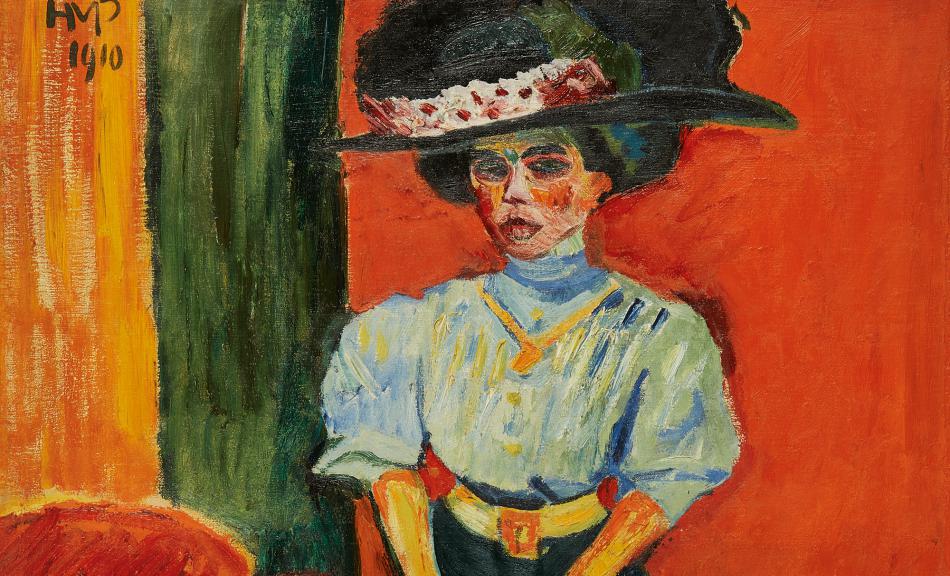


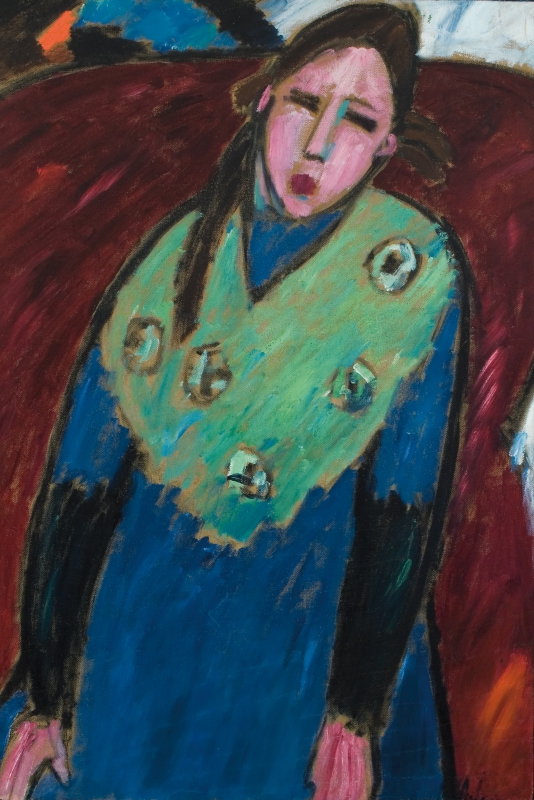













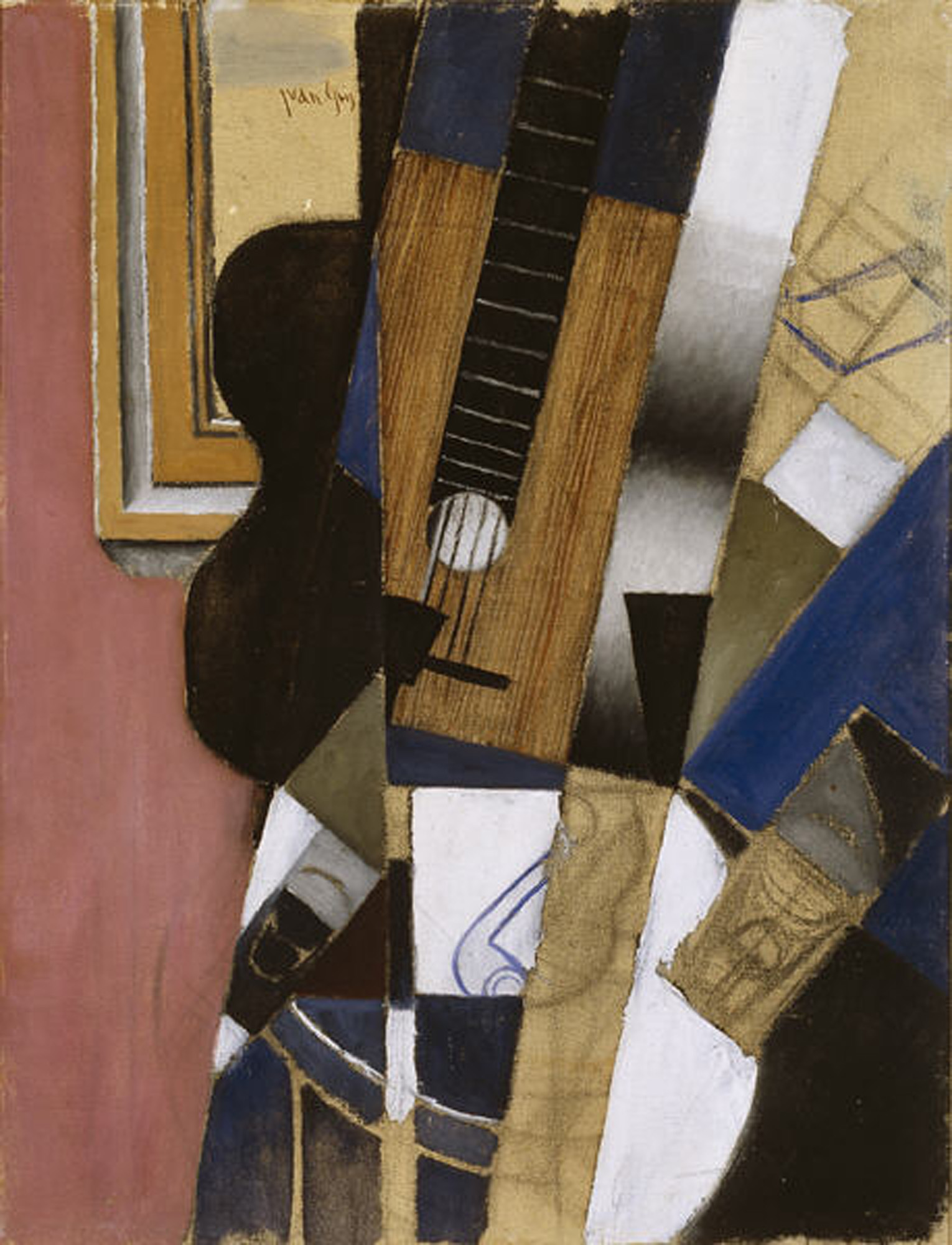























































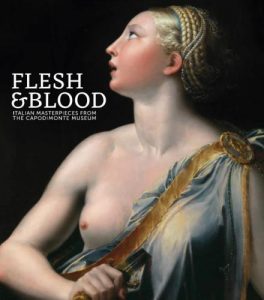

 La Corne d’Or. Matin, 1907, oil on canvas, 73 by 92cm. (est. £5,000,000 – 7,000,000)
La Corne d’Or. Matin, 1907, oil on canvas, 73 by 92cm. (est. £5,000,000 – 7,000,000)














































